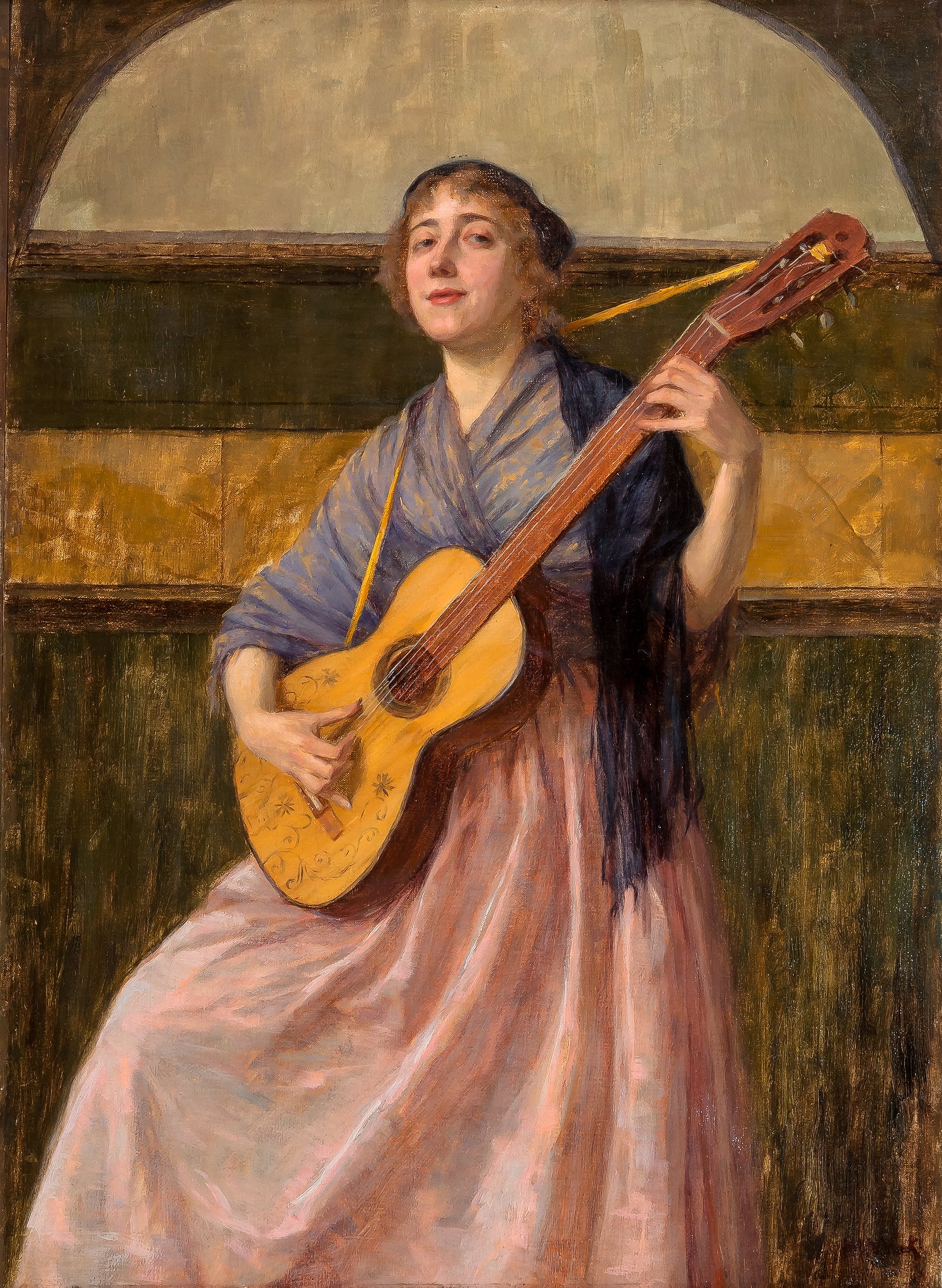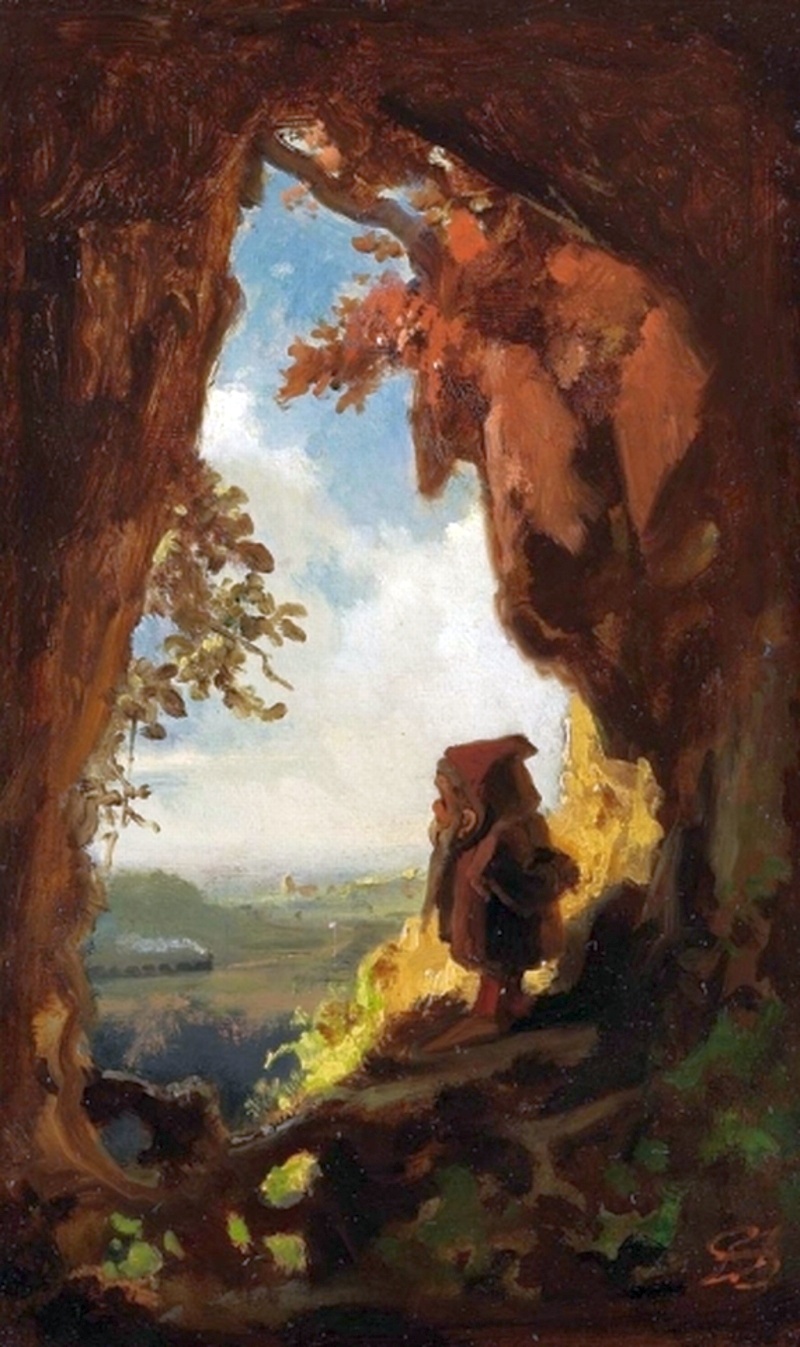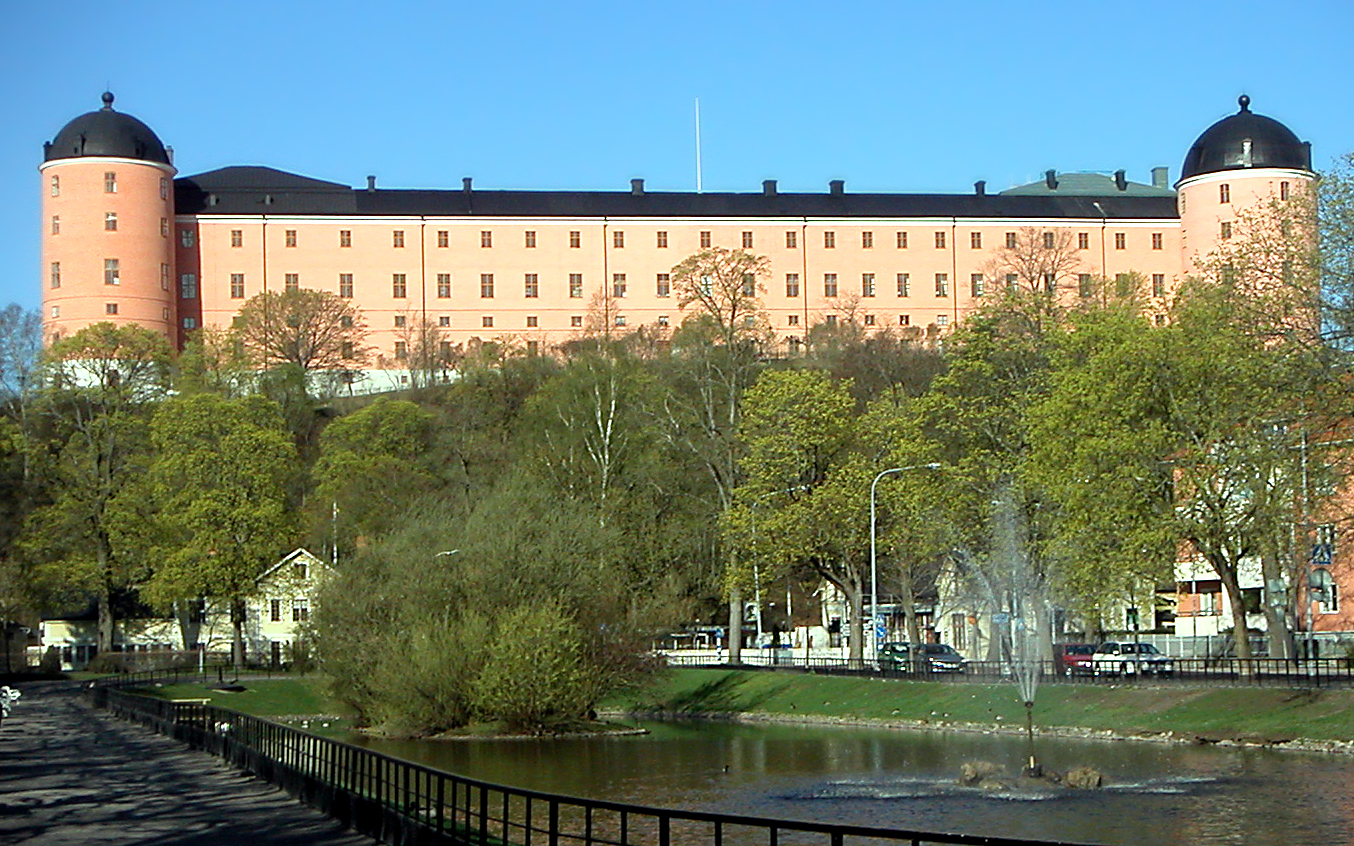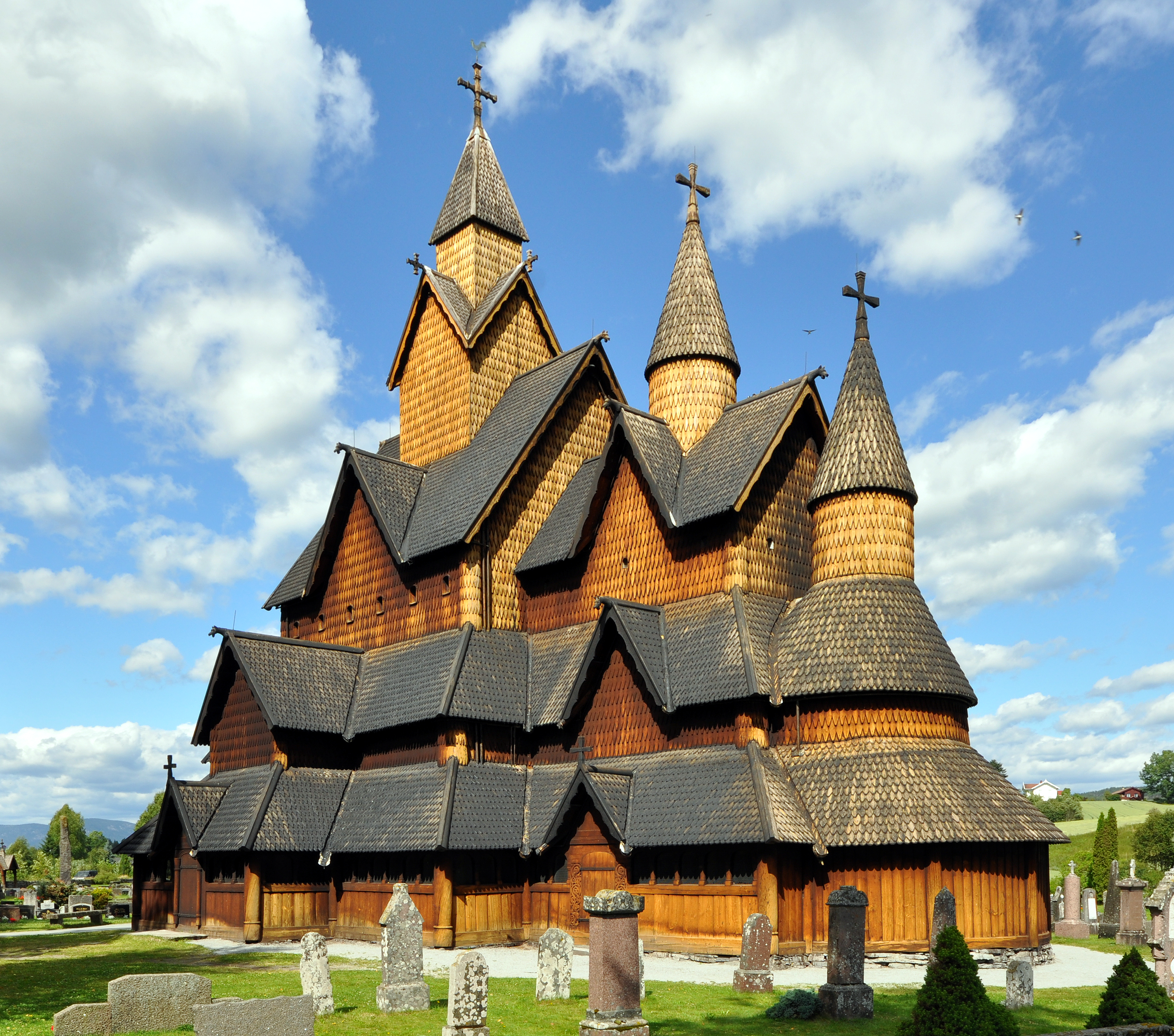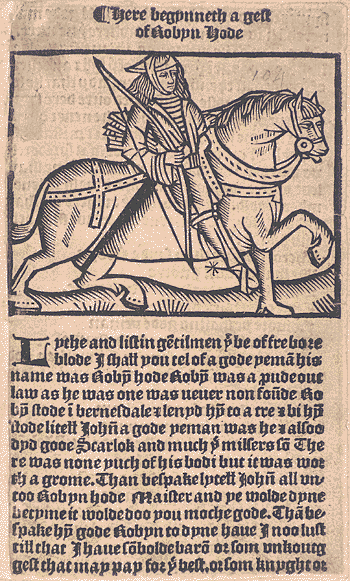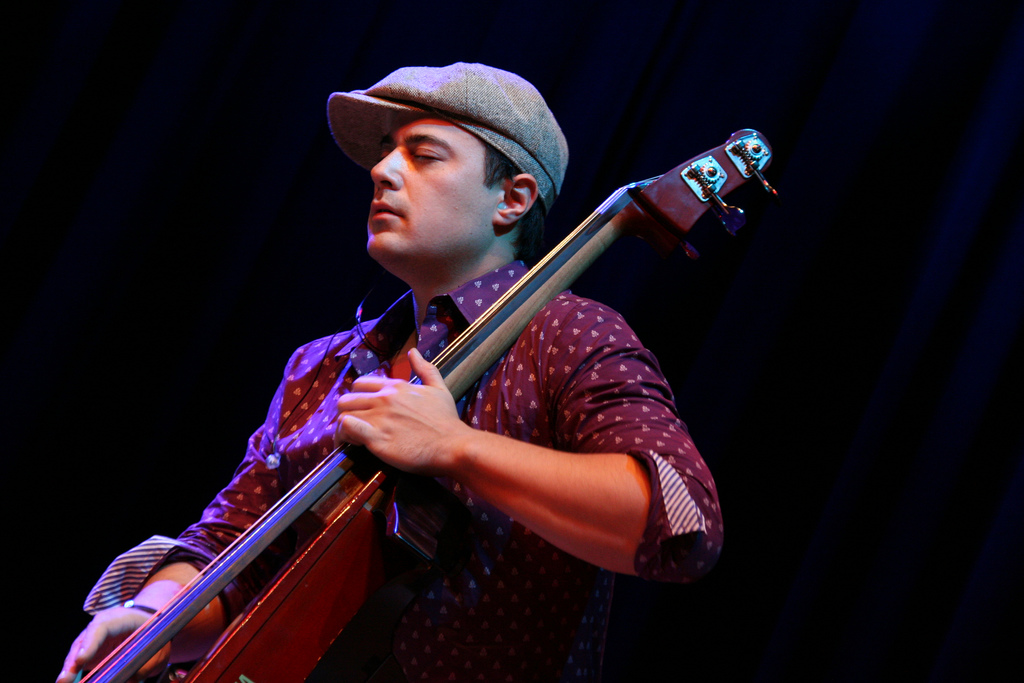|
Herr Tønne Af Alsø
''Herr Tønne af Alsø'' ('Sir Tønne of Alsø') is a Danish ballad (''The Types of the Scandinavian Medieval Ballad'' A 62; ''Danmarks gamle Folkeviser'' 34). ''Danmarks gamle Folkeviser'' records two versions: A (73 stanzas) and B (38); it also appears in Norway and Sweden. Dokumentasjonsprosjektet in Norway notes eight different variants, one dating back to the 1840s. Summary In the summary of ''The Types of the Scandinavian Medieval Ballad'', :: While out hunting Sir Tønne meets the daughter of a mountain gnome. She plays runic love spells for him on her golden harp and he is enchanted. But her mother, who is a human being, comes and breaks the spell. She tells Tønne to rescue her niece ... who is kept a prisoner by a king at Uppsala ... Tønne goes there, defeats the king's men and frees the maid. In the Swedish texts, the king is in Iceland Iceland is a Nordic countries, Nordic island country between the Atlantic Ocean, North Atlantic and Arctic Oceans, on the Mi ... [...More Info...] [...Related Items...] OR: [Wikipedia] [Google] [Baidu] |
Ballad
A ballad is a form of verse, often a narrative set to music. Ballads were particularly characteristic of the popular poetry and song of Great Britain and Ireland from the Late Middle Ages until the 19th century. They were widely used across Europe, and later in Australia, North Africa, North America and South America. While ballads have no prescribed structure and may vary in their number of lines and stanzas, many ballads employ quatrains with ABCB or ABAB rhyme schemes, the key being a rhymed second and fourth line. Contrary to a popular conception, it is rare if not unheard-of for a ballad to contain exactly 13 lines. Additionally, couplets rarely appear in ballads. Many ballads were written and sold as single-sheet Broadside (music), broadsides. The form was often used by poets and composers from the 18th century onwards to produce lyrical ballads. In the later 19th century, the term took on the meaning of a slow form of popular love song and is often used for any love song ... [...More Info...] [...Related Items...] OR: [Wikipedia] [Google] [Baidu] |
The Types Of The Scandinavian Medieval Ballad
''The Types of the Scandinavian Medieval Ballad: A Descriptive Catalogue'' (TSB) is the designation for a cataloguing system for Scandinavian ballads. It is also the title of the underlying reference book: ''The Types of the Scandinavian Medieval Ballad: A Descriptive Catalogue'', edited by Bengt R. Jonsson, Svale Solheim and Eva Danielson, in collaboration with Mortan Nolsøe and W. Edson Richmond, published in 1978 in two places: as volume 5 of the series Skrifter utgivna av svenskt visarkiv (Stockholm: Svenskt visarkiv), and as volume 59 of series B of Oslo's Instituttet for sammenlignende kulturforskning (The Institute for Comparative Research in Human Culture) (Oslo, Bergen, and Tromsø: Universitetsforlaget; ). It attempts to classify all specimens of traditional ballads known in one or more of the Scandinavian languages ( Danish, Norwegian, Swedish, Icelandic, Faeroese, and the extinct Norn). Structure and scope Cognate ballads are assigned the same "TSB No." such ... [...More Info...] [...Related Items...] OR: [Wikipedia] [Google] [Baidu] |
Danmarks Gamle Folkeviser
''Danmarks gamle Folkeviser'' is a collection of (in principle) all known texts and recordings of the old Danish popular ballads. It drew both on early modern manuscripts, such as Karen Brahes Folio, and much more recent folk-song collecting activity. It was started in 1853 by Svend Grundtvig. During the nineteenth century, Axel Olrik was also heavily involved, editing volumes 6-8. The work was continued in the twentieth century by new generations of folklorists, and in 1976 comprised 12 volumes, containing 539 ballad types, often with many variants of each type. Grundtvig's division of the ballad types into categories has mostly been adopted in later ballad collections, e.g. by F. J. Child, and by modern researchers in the field. However, many of the ballads he classed as 'historic' now have been reclassified. Grundtvig's classifications were: * Kæmpeviser (heroic songs) (vol. 1) * Trylleviser (magical songs) (vol. 2) * Historiske viser (historical songs) (vol. 3) * Ridderv ... [...More Info...] [...Related Items...] OR: [Wikipedia] [Google] [Baidu] |
Norway
Norway, officially the Kingdom of Norway, is a Nordic countries, Nordic country located on the Scandinavian Peninsula in Northern Europe. The remote Arctic island of Jan Mayen and the archipelago of Svalbard also form part of the Kingdom of Norway. Bouvet Island, located in the Subantarctic, is a Dependencies of Norway, dependency, and not a part of the Kingdom; Norway also Territorial claims in Antarctica, claims the Antarctic territories of Peter I Island and Queen Maud Land. Norway has a population of 5.6 million. Its capital and largest city is Oslo. The country has a total area of . The country shares a long eastern border with Sweden, and is bordered by Finland and Russia to the northeast. Norway has an extensive coastline facing the Skagerrak strait, the North Atlantic Ocean, and the Barents Sea. The unified kingdom of Norway was established in 872 as a merger of Petty kingdoms of Norway, petty kingdoms and has existed continuously for years. From 1537 to 1814, Norway ... [...More Info...] [...Related Items...] OR: [Wikipedia] [Google] [Baidu] |
Sweden
Sweden, formally the Kingdom of Sweden, is a Nordic countries, Nordic country located on the Scandinavian Peninsula in Northern Europe. It borders Norway to the west and north, and Finland to the east. At , Sweden is the largest Nordic country by both area and population, and is the List of European countries by area, fifth-largest country in Europe. Its capital and largest city is Stockholm. Sweden has a population of 10.6 million, and a low population density of ; 88% of Swedes reside in urban areas. They are mostly in the central and southern half of the country. Sweden's urban areas together cover 1.5% of its land area. Sweden has a diverse Climate of Sweden, climate owing to the length of the country, which ranges from 55th parallel north, 55°N to 69th parallel north, 69°N. Sweden has been inhabited since Prehistoric Sweden, prehistoric times around 12,000 BC. The inhabitants emerged as the Geats () and Swedes (tribe), Swedes (), who formed part of the sea-faring peopl ... [...More Info...] [...Related Items...] OR: [Wikipedia] [Google] [Baidu] |
Gnome
A gnome () is a mythological creature and diminutive spirit in Renaissance magic and alchemy, introduced by Paracelsus in the 16th century and widely adopted by authors, including those of modern fantasy literature. They are typically depicted as small humanoids who live underground. Gnome characteristics are reinterpreted to suit various storytellers and artists. Paracelsus's gnome is recognized to have derived from the German miners' legend about or , the "metallurgical or mineralogical demon", according to Georg Agricola (1530), also called (literal Latinization of ''Bergmännlein'', "mountain manikin") by Agriocola in a later work (1549), and described by other names such as (sing. ; Latinization of German ). Agricola recorded that, according to the legends of that profession, these mining spirits acted as miming and laughing pranksters who sometimes threw pebbles at miners, but could also reward them by depositing a rich vein of silver ore. Paracelsus also called ... [...More Info...] [...Related Items...] OR: [Wikipedia] [Google] [Baidu] |
Uppsala
Uppsala ( ; ; archaically spelled ''Upsala'') is the capital of Uppsala County and the List of urban areas in Sweden by population, fourth-largest city in Sweden, after Stockholm, Gothenburg, and Malmö. It had 177,074 inhabitants in 2019. Located north of the capital Stockholm, it is also the seat of Uppsala Municipality. Since 1164, Uppsala has been the ecclesiology, ecclesiastical centre of Sweden, being the seat of the Archbishop of Uppsala, Archbishop of the Church of Sweden. Uppsala is home to Scandinavia's largest cathedral – Uppsala Cathedral, which was the frequent site of the coronation of the Swedish monarch until the late 19th century. Uppsala Castle, built by King Gustav I of Sweden, Gustav Vasa, served as one of the royal residences of the Swedish monarchs, and was expanded several times over its history, making Uppsala the secondary capital of Sweden during its Swedish Empire, greatest extent. Today, it serves as the residence of the Governor of Uppsala County ... [...More Info...] [...Related Items...] OR: [Wikipedia] [Google] [Baidu] |
Iceland
Iceland is a Nordic countries, Nordic island country between the Atlantic Ocean, North Atlantic and Arctic Oceans, on the Mid-Atlantic Ridge between North America and Europe. It is culturally and politically linked with Europe and is the region's westernmost and most list of countries and dependencies by population density, sparsely populated country. Its Capital city, capital and largest city is Reykjavík, which is home to about 36% of the country's roughly 380,000 residents (excluding nearby towns/suburbs, which are separate municipalities). The official language of the country is Icelandic language, Icelandic. Iceland is on a rift between Plate tectonics, tectonic plates, and its geologic activity includes geysers and frequent Types of volcanic eruptions, volcanic eruptions. The interior consists of a volcanic plateau with sand and lava fields, mountains and glaciers, and many Glacial stream, glacial rivers flow to the sea through the Upland and lowland, lowlands. Iceland i ... [...More Info...] [...Related Items...] OR: [Wikipedia] [Google] [Baidu] |
Scandinavian Folklore
Nordic folklore is the folklore of Denmark, Norway, Sweden, Iceland and the Faroe Islands. It has common roots with, and has been under mutual influence with, folklore in England, Germany, the Low Countries, the Baltic countries, Finland and Sápmi. Folklore is a concept encompassing expressive traditions of a particular culture or group. The peoples of Scandinavia are heterogenous, as are the oral genres and material culture that has been common in their lands. However, there are some commonalities across Scandinavian folkloric traditions, among them a common ground in elements from Norse mythology as well as Christian conceptions of the world. Among the many tales common in Scandinavian oral traditions, some have become known beyond Scandinavian borders – examples include The Three Billy Goats Gruff and The Giant Who Had No Heart in His Body. Legends * Tróndur was a powerful Viking chieftain who lived in the Faroe Islands during the 9th century. According to legend, T ... [...More Info...] [...Related Items...] OR: [Wikipedia] [Google] [Baidu] |
Ballads
A ballad is a form of verse, often a narrative set to music. Ballads were particularly characteristic of the popular poetry and song of Great Britain and Ireland from the Late Middle Ages until the 19th century. They were widely used across Europe, and later in Australia, North Africa, North America and South America. While ballads have no prescribed structure and may vary in their number of lines and stanzas, many ballads employ quatrains with ABCB or ABAB rhyme schemes, the key being a rhymed second and fourth line. Contrary to a popular conception, it is rare if not unheard-of for a ballad to contain exactly 13 lines. Additionally, couplets rarely appear in ballads. Many ballads were written and sold as single-sheet Broadside (music), broadsides. The form was often used by poets and composers from the 18th century onwards to produce lyrical ballads. In the later 19th century, the term took on the meaning of a slow form of popular love song and is often used for any love song ... [...More Info...] [...Related Items...] OR: [Wikipedia] [Google] [Baidu] |
Danish Folk Music
The origins of Danish music can be traced back to the Bronze Age. Horns or lurs have been discovered in various parts of Scandinavia, mostly in the region now known as Denmark, since the end of the 18th century. Denmark's most famous classical composer is Carl Nielsen, especially remembered for his six symphonies, while the Royal Danish Ballet specializes in the work of Danish choreographer August Bournonville. Danes have distinguished themselves as jazz musicians, and the Copenhagen Jazz Festival has acquired an international reputation. The modern pop and rock scene has produced a few names of note, including MØ, Dizzy Mizz Lizzy, Lukas Graham, D-A-D, Tina Dico, Aqua (band), Aqua, The Raveonettes, Michael Learns to Rock, Volbeat (band), Volbeat, Alphabeat, Safri Duo, Medina (singer), Medina, Oh Land, Kashmir (Danish band), Kashmir, King Diamond (band), King Diamond, Outlandish, and Mew (band), Mew. Lars Ulrich is the first Danish musician to be inducted into the Rock and Roll ... [...More Info...] [...Related Items...] OR: [Wikipedia] [Google] [Baidu] |
